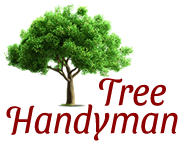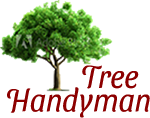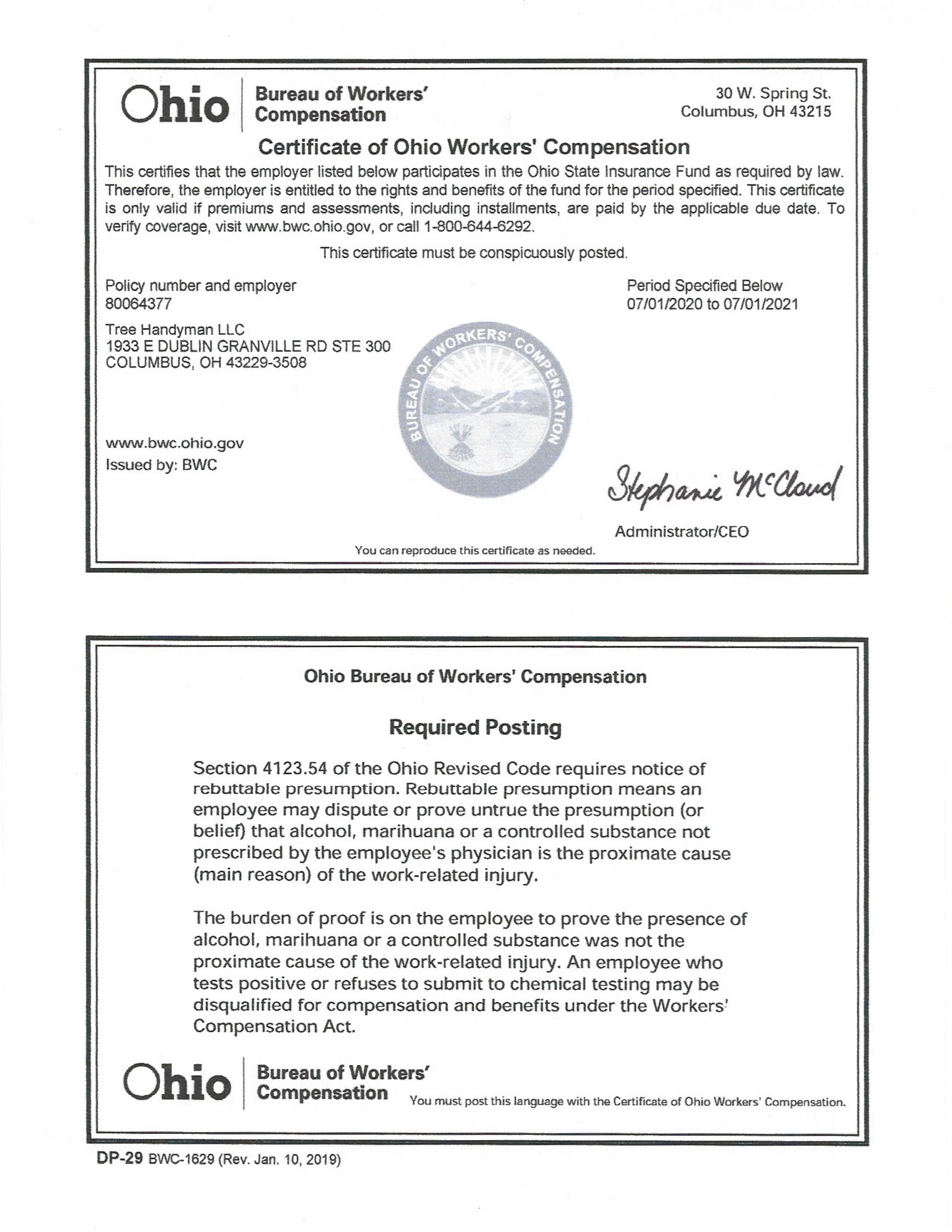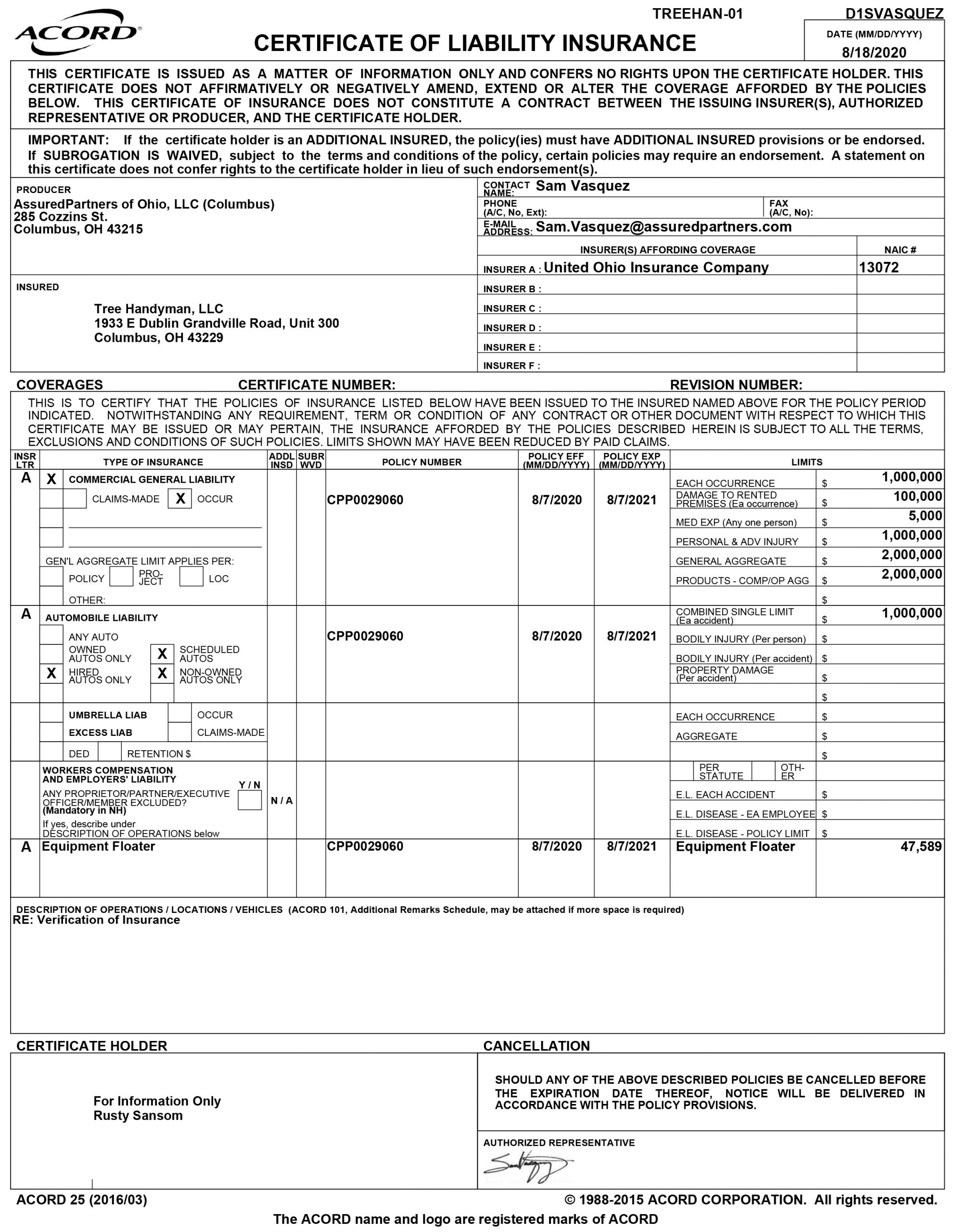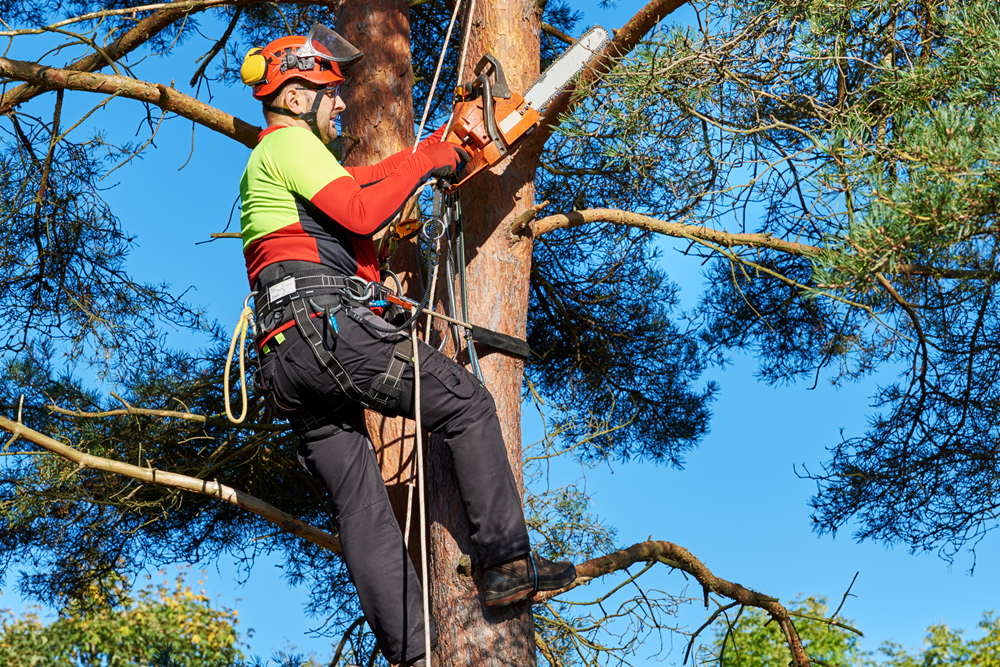
Tree and Bush Pruning
We are happy to provide our customers with any level of pruning service except topping. We can provide a free estimate for simply removing a branch, shearing a bush or for pruning an entire property full of trees. Please take a moment to read the information below to better understand the benefits of pruning, the consequences of not pruning and the types of pruning available.
Benefits of Pruning
Some benefits of pruning include:
- Reduced risk of branch and stem breakage
- Better clearance for pedestrians, vehicles and structures
- Improved health, appearance and structure
- Enhanced view
- Increased flowering or fruiting
- Less wind resistance
- More sunlight to the tree’s interior and the ground below
- Lower long term costs
The earlier that a tree/bush is regularly pruned, the higher the chances that the tree/bush will remain healthy and attractive. Trees that are structurally pruned when young will have fewer structural defects, which means they will have less potential for breakage and failure at maturity. Trees pruned for good structure also tend to require less maintenance as they age.
Consequences of Not Pruning
Some consequences of not pruning include:
- Higher risk of branch and stem breakage
- Poor structure
- Defects such as included bark
- Accumulation of dead branches
- Higher risk of injury to pedestrians and property damage
- Poor view
- Poor health and appearance
- Decrease in flowers or fruit
- More wind resistance
- Less sunlight to the tree’s interior and the ground below
- Higher long term costs
Waiting too long to prune a tree/bush can create many issues that can affect its health, appearance and structure. This could result in higher maintenance costs, issues that could be hard or impossible correct and situations that may cause the tree/bush to need to be removed. Risk of tree failure can be reduced by establishing a structural pruning program as early as planting.
Types of Pruning
Shearing
Shearing is only recommended for some bushes and trees. A shearing cut is made anywhere along the length of a branch at a set height, width and/or angle. Shearing cuts are made without regard for the structure of the tree/bush using a hedge trimmer. Shearing is usually done to maintain a certain size and/or shape.
Cleaning
The selective removal of dead, diseased, detached, rubbing, cracked and broken branches. This type of pruning is done to reduce the risk of branches falling from the tree/bush and to reduce the movement of decay, insects and disease from dead or dying branches into the rest of the tree/bush.
Thinning
The selective removal of small live branches to reduce crown density. Thinning also includes all pruning that would be performed in a cleaning. Thinning can remove suckers from the base of the tree and some water sprouts on the interior. Thinning is usually done to prevent breakage by providing less wind resistance and to allow more light to get through the interior of the tree/bush.
Raising
The selective removal of branches to provide vertical clearance. Raising is usually performed to provide clearance under trees for people to walk under it, prevent branches from touching the ground and to improve the view under the tree.
Reduction
The selective removal of branches and stems to decrease the height and/or spread of a tree or bush. Reduction pruning is often used to provide clearance from structures, vehicles, walkways, other trees/bushes and overhead utility wires.
Structural
The removal of live branches and stems to influence the origination, spacing, growth rate, strength of attachment, and ultimate size of branches and stems. Structural pruning is used on young and medium aged trees to help engineer a sustainable trunk and branch arrangement. If trees are pruned to promote good structure, they likely will remain serviceable in the landscape for more years than trees that have not been structurally pruned. Waiting until the tree grows larger makes structural pruning more difficult and is more damaging to the tree.
Restoration
The selective removal of branches, sprouts and stubs from trees and bushes that have been topped, severely headed, vandalized, lion tailed, broken in a storm, or otherwise damaged.
